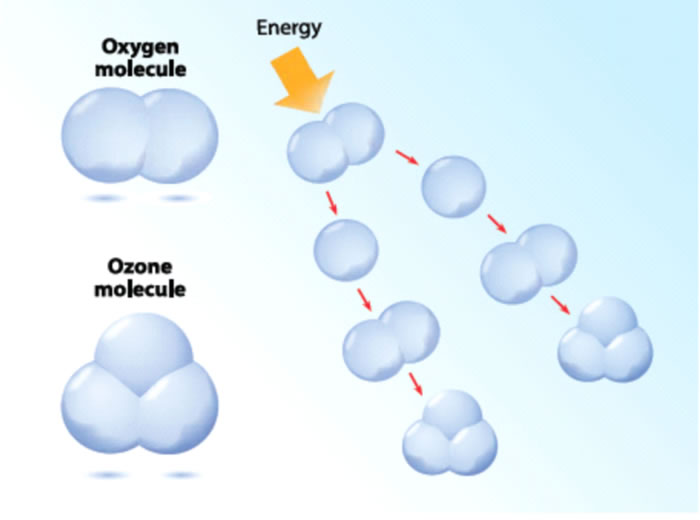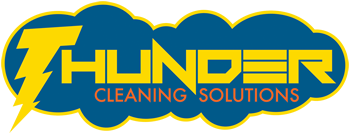


Call Today 734-291-6688
Let us bring the THUNDER!

We love our pets like family, but we don’t love the pet urine smell and stains that can sometimes be left behind. Due to the chemical makeup of urine, regular cleaning products do not have the capability to effectively clean and remove the lingering odor. At Thunder Cleaning Solutions, we don’t just mask the smell, we remove it. Our living enzyme treatment, combined with our proven stain removal methods, is designed to break down the uric acid, leaving your carpets pet stain and odor free.
Whether you have a cat or dog, professional pet urine carpet treatments are essential to not only protect your carpet but to ensure all stains and lingering odors are permanently removed. Our family utilizes our state-of-the-art equipment and highly-effective treatments to break apart and remove the stains and odors left behind by your pet’s urine or feces, including:
At Thunder Cleaning Solutions, we believe in tackling the entirety of the problem, not just treating the surface layer or masking the smell. At the moment of arrival, our expert technicians will examine the problem area and determine the best pet urine carpet treatment for your flooring. In order to properly remove all traces of urine, enzymes must be used to break down the chemical bonds in the uric acid and urea. At Thunder Cleaning Solutions, we only use professional-grade, industry-proven treatments and products to remove all traces of pet urine, leaving your carpets looking, and smelling, brand new.
If your pets have left behind an unsightly mess, contact us right away to schedule a pet urine carpet treatment. We can help save your carpet from permanent damage and save you from costly carpet replacements.

We have heard about how the ozone layer in our middle atmosphere protects the Earth from harmful ultraviolet rays.
Ozone is generated in electrical storms by bolts of lightning — that’s why it smells so fresh during and after a heavy storm. It’s also used in the cleaning and restoration industry. But what exactly is ozone?
Ozone shock treatment involves using an ozone generator with a timer to create high levels of ozone in an enclosed odor
saturated, or mold-affected space for a short period of time, between one and several hours.
Ozone, also known as “heavy oxygen” or “activated oxygen,” is simply a molecule of oxygen consisting of three oxygen atoms (O3) instead of two (O2).
“Normal” oxygen consists of two oxygen atoms bonded together. The bond that holds these two oxygen atoms together is relatively strong, resulting in a stable molecule.
However, this bond, although strong, is not unbreakable. When an O2 molecule comes into direct contact with a certain wavelength of ultraviolet (UV) light or an arc of high-voltage electricity, its bond is “severed,” rendering the two atoms separate, each of which can be referred to as O1.
Single atoms of oxygen want to attach to receptive molecules with which they come into contact.
When an atom of oxygen bonds with another molecule, the process is called “oxidation.”
Oxidation simply refers to the process of an atom of oxygen attaching itself to a receptive molecule, which changes its structure. Oxidation essentially turns something into something else; oftentimes the change is dramatic.
One example of oxidation is the transformation of water into hydrogen peroxide. There is one more oxygen atom in hydrogen peroxide (H2O2) than in water (H2O).
Hydrogen peroxide is a good example for this article, as we are all familiar with its ability to sanitize and disinfect. Its properties are so powerful, in fact, the hydrogen peroxide in bottles at the local pharmacy and grocery store has been diluted to three percent.
Even at three percent dilution, H202 is extraordinarily effective at killing bacteria, fungi, viruses, and a wide spectrum of germs. By way of comparison, 90 percent hydrogen peroxide can be used as rocket fuel.
Ozone, on the other hand, is not combustible at any concentration, yet its sanitizing capabilities are unequaled. It oxidizes molecules, kills bacteria, fungi, viruses, and germs, and changes the structure of odor molecules, so they quite literally no longer exist.
In short, when it comes to deodorizing, ozone removes the odor completely by removing (molecularly altering) its source — permanently.
One of the best aspects of ozone is it removes odors with no manual labor like scrubbing and wiping. It performs its sanitizing and odor removal while you’re off doing something else, and when finished, ozone automatically turns itself back into pure oxygen, leaving no residue.
The fact is life as we know it on Earth would not exist if it weren’t for the protective layer of ozone high above us. And, although ozone can be temporarily and mildly irritating to lung tissue if breathed in high concentrations over an extended period of time, ozone is not “toxic.”
Experts agree that the danger in the use of ozone as a remediation tool has been inordinately overrated.
There is a common belief that users need to hold their breath and run after turning on an ozone generator, but this is simply not the case.
As a comparison, most think nothing of standing next to or leaning up against a car spewing carbon monoxide or sitting with the windows down on a busy freeway during bumper-to-bumper traffic.
Carbon monoxide, however, is toxic. In fact, there are at least 2,500 human deaths reported each year in the U.S. due to carbon monoxide exposure. (Trivia fact: If you oxidize carbon monoxide (CO), you get non-toxic CO2.)
This is not to say one should not vacate the building while an ozone generator is running; in fact, as adamant as I am about the exaggeration of ozone’s noxiousness, I’m just as insistent that safety protocol be followed when using it in the cleaning/restoration industry. An ozone generator, when used correctly, can be one of the safest tools in your cleaning arsenal.
Thunder Cleaning Service is equipped with the ability to use Ozone treatments as an option when there are stubborn odors that do not dissipate after a deep cleaning.



Let us bring the THUNDER!
